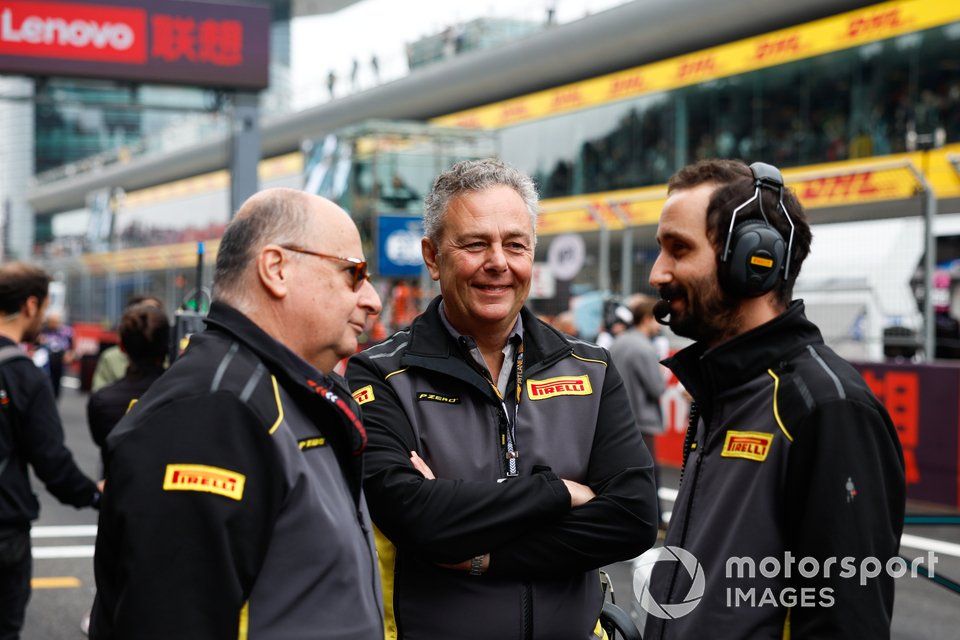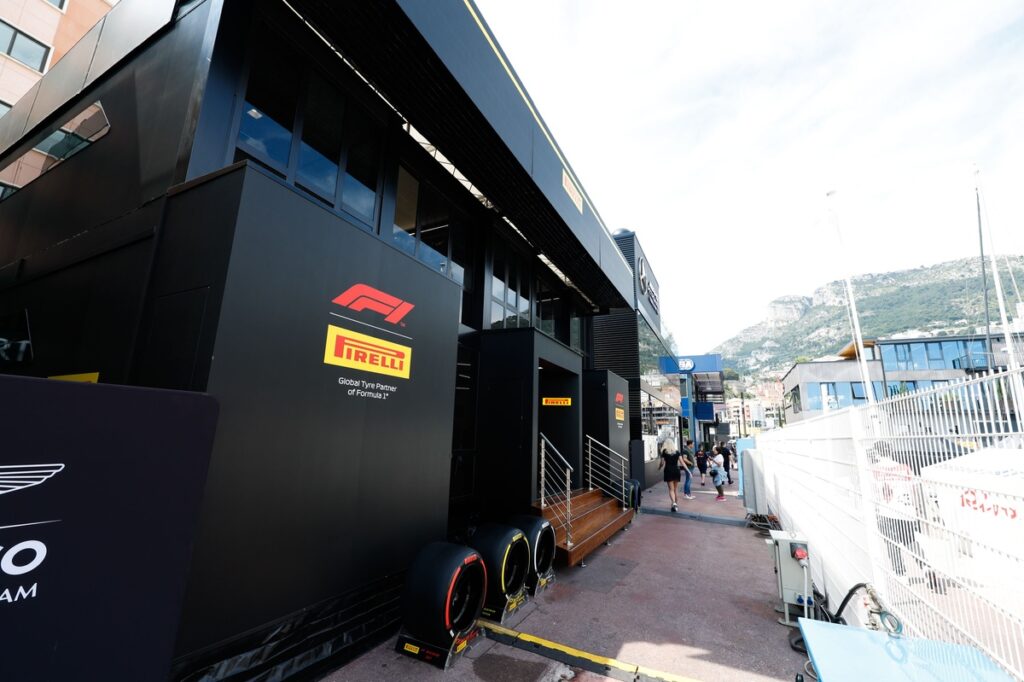On-track overtaking in Monaco is a rare commodity – drivers were complaining about the narrowness of the streets when Tazio Nuvolari was in his pomp.
Indeed, we reckon the last time the world’s greatest drivers graced the principality with a genuine pass for the lead on anything other than the first lap was in 1985, when Michele Alboreto elbowed his way past Alain Prost at Sainte Devote at the beginning of lap 24. Pit strategy and incidents account for most changes of position here.
Last year, a red flag after a three-car shunt on the opening tour enabled the entire field to perform the required change from one tyre compound to another during the hiatus. The result was a processional tyre-management plod in which the points-paying positions worked out in grid order.
“I think at one point we were going slower than Formula 2,” said Oscar Piastri, who finished second to Charles Leclerc.
Nobody wanted to pit again and lose track position so, even though the field was circulating at a reduced pace, there was very little overtaking attempted because tyre management took priority. In February, the FIA’s World Motorsport Council rubber-stamped a proposal from F1’s stakeholders to require all drivers to use at least three sets of tyres in the Monaco race, effectively making it a two-stopper at minimum.
This is a sticking-plaster solution at best, and not one which will be applied to other races since the likelihood is that teams would simply converge around the same pitstop timing. For there to be strategic variety, a number of different options with potential upsides have to be on the table – and that is why Pirelli has such high hopes for the new C6 tyre, created with street circuits like Monaco in mind but deployed for the first time at Imola last weekend.
Oscar Piastri, McLaren
Photo by: Sam Bagnall / Motorsport Images via Getty Images
At the moment, the selection of three different dry-weather compounds Pirelli brings to each weekend is drawn from adjacent members of what was, until last weekend, a five-compound family. If the C6 can be rolled out at more grand prix weekends than originally intended, it opens the possibility of ‘skipping’ compounds so there is a bigger performance differential between them.
“Teams always find a way to apply a strategy on one stop,” said Pirelli motorsport boss Mario Isola last weekend. “We are trying to push them to have a two-stop strategy because it’s better, it’s more action, more unpredictability, and better races.
“But with the three compounds that are so close, they always try to use the hard and the medium to move to a one-stop.”
Compounds being too similar is an issue which has cropped up before, but has become more of a factor this year after Pirelli adjusted them to make them more resilient – because drivers demanded to have tyres they could push on for longer. This has led to fewer contests with offset strategies, where drivers on fresher tyres at the end of a race chase down those who have opted to stick it out on older ones.
Since the compounds are homologated and cannot be changed in-season, the only option is to find other ways to use the ones that already exist. Pirelli plans to run fresh simulations for the coming races based on data gathered on the latest rubber during the opening rounds.
This, reckons Isola, will enable Pirelli to “see if there is any solution, like, to skip one level, to have a hard that is harder – so if you want to use the hard you are penalised by the lap time. You can push but it’s slower.

Mario Isola, Racing Manager, Pirelli Motorsport, on the grid
Photo by: Steven Tee / Motorsport Images
“And we need to understand if with this system we encourage some of them to move to a soft-medium choice for the race – that is a two-stop race in this case, and if you want to stay on one-stop, medium-hard, your pace is lower than the other.”
Where the C6 comes in, and why Pirelli wanted to try it at Imola as well, is to facilitate that spread of performance. When the new compound was first mooted as an even softer option than the existing C6, it was expected to be used only in Monaco and perhaps Las Vegas – a faster street circuit but one with lower ambient temperatures since the race takes place at night. Now, Pirelli is bringing it to Canada and talking about Baku, Singapore and even Mexico.
But first it needed to be tested in race conditions at a venue other than Monaco, for reasons Pirelli chief engineer Simone Berra explained last weekend.
“Collecting the information for the C6 in Monaco was not really significant,” he explained last weekend. “Monaco is a particular circuit, you can have graining just because of the smooth tarmac and low-speed corners and all these kinds of situations.
“For us it’s really important to collect data here [Imola] for the C6, also for the selection for the second part of the season.”
Imola was a proof of concept to see if the C6 could handle corners which put more energy through the tyre. The key lesson so far seems to be that it has a sharp performance peak so, at a circuit like Imola with fast, flowing corners, thermal stresses build up quickly and it can slip out of its optimal performance ‘window’, even over the course of one lap.
Sergio Perez, Red Bull Racing RB20, Max Verstappen, Red Bull Racing RB20, in the queue to leave the pits
Photo by: Glenn Dunbar / Motorsport Images
The medium-compound tyre then became theoretically the better qualifying choice, but using it required earmarking sets for the race. While this is a strategic element which potentially adds interest, it’s understood that the stakeholders’ preferred route is to have differentiation between compounds and potential race pace rather than this kind of ‘jeopardy’.
“Looking at the result here [Imola],” said Berra, “we can, let’s say, evaluate better if it’s too risky or not really. For example, for Singapore we are thinking about bringing the C6, and also starting to jump compounds.
“So for example, bringing C2, C4, C6 at some circuits to try something different, or C3, C4 and C6, to try to differentiate strategic approaches.”
For this, the C6 will have to be at the very least a good qualifying tyre. But at least it’s been more successful already than a previous attempt to add a softer step to the tyre portfolio.
Back in 2018, under a different naming regime, Pirelli introduced a ‘hypersoft’ tyre in Monaco and the unintended consequence was a largely processional race in which drivers tiptoed round during their stint on the new compound. Having a minimum of two stops will at least mean this year’s race won’t pan out in exactly the same way.
In this article
Be the first to know and subscribe for real-time news email updates on these topics
Subscribe to news alerts
Read the full article here

